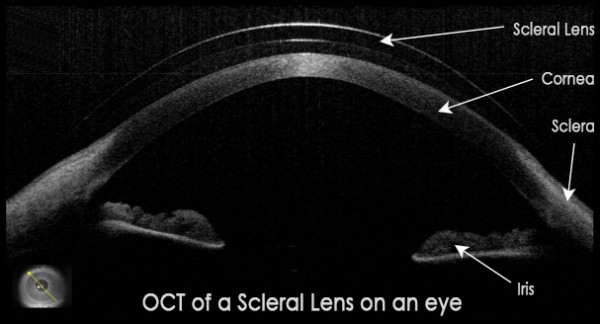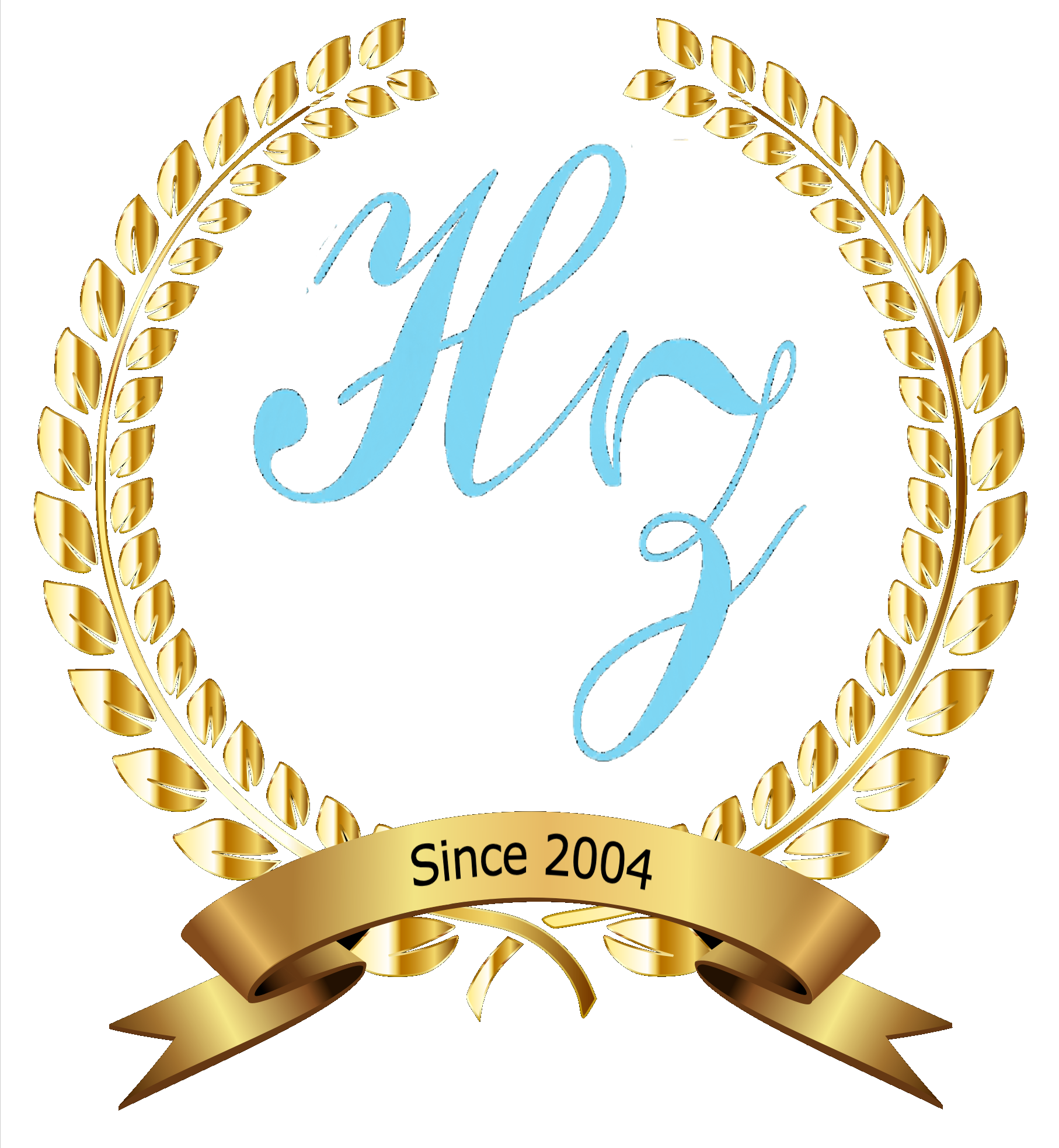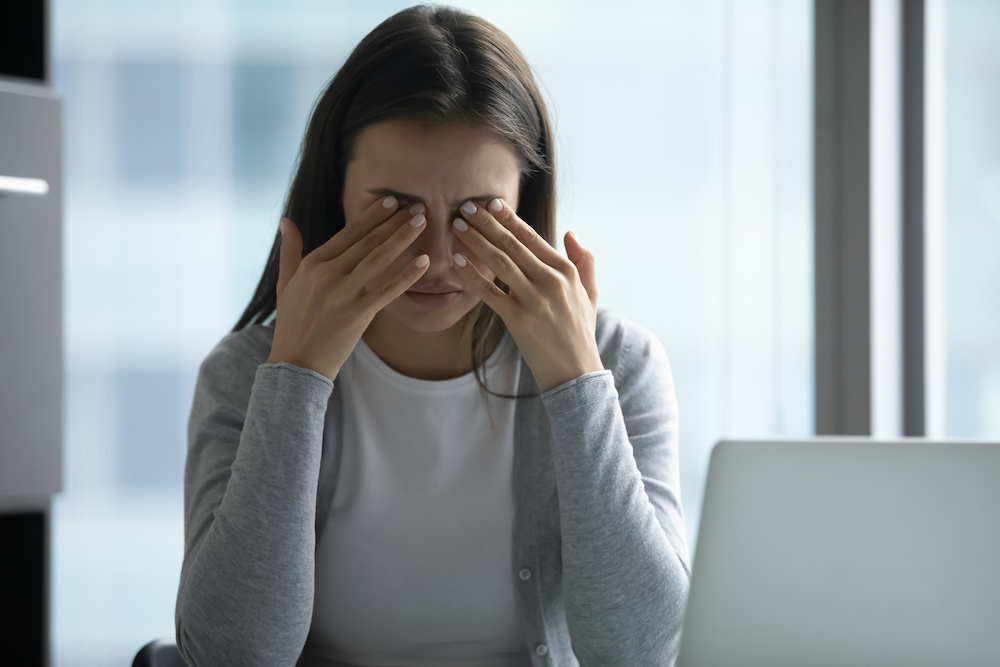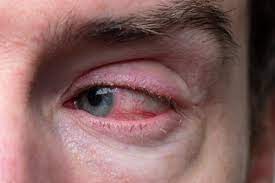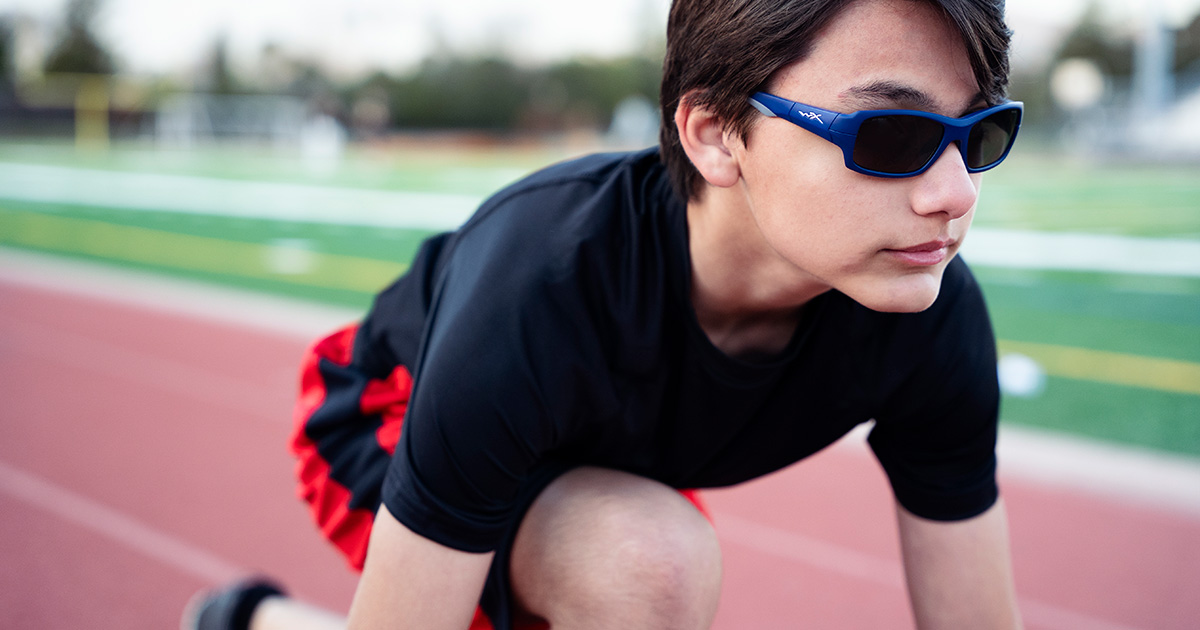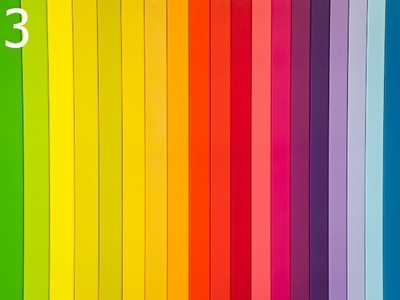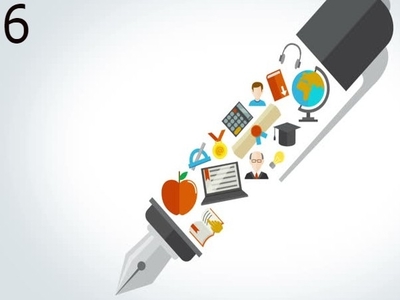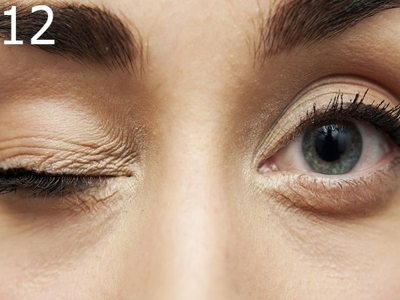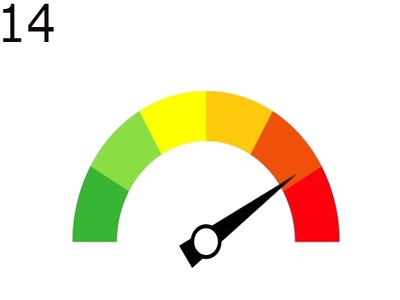
When shopping for shades, the most important thing to look for is the level of UV protection offered by the lens. The safest bet is to buy sunglasses that provide 100% UV protection, or UV 400 protection.
Most expensive sunglasses offer this level of protection on all models, but there is also a wide selection of cheaper sunglasses with adequate UV 400 protection. However, UV protection and lens quality are two different things.
Generally, when you buy a more expensive pair of sunglasses, you will be getting a higher quality lens that will provide a clearer, sharper, more pleasing image with less distortion. See our selection of WileyX sunglasses here or our most recent blog about WileyX here.
What are UV rays?
Sunlight is the main source of UV light, which are high-energy, invisible rays. There are three types of UV light.
UVA rays have the longest wavelengths, followed by UVB, and UVC rays which have the shortest wavelengths. While UVA and UVB rays are transmitted through the atmosphere, all UVC and some UVB rays are absorbed by the earth’s ozone layer.
So, most of the UV rays you come in contact with are UVA with a small amount of UVB. The UV 400 label on sunglasses gives the assurance that the lenses absorb the harmful UVA and B rays up to a wavelength of 400 nanometers.
Here are 9 common myths about sunglasses:
You don’t need sunglasses on a cloudy day False: UV rays are just as potent on a cloudy day as they are on a clear day, and proper eye and skin protection are always needed.
Sunglasses with 100% UV protection are expensive False: You don’t have to pay a premium for proper UV protection. While more expensive sunglasses may offer more stylish frames, higher quality lenses, sharper images, and less glare, it is very easy to find inexpensive glasses that offer 100% UV protection. If you do buy an inexpensive pair of glasses, you might want to have them tested by an optometrist.
Lenses with darker tints are more protective than lenses with a lighter tint False: The tint of the lens has nothing to do with the UV protection of the glasses. A clear lens with no tint and 100% UV protection is better for your eyes than dark, heavily tinted sunglasses without UV protection. In fact, dark lenses without adequate UV protection are actually worse for your eyes than not wearing glasses at all, because the dark tint causes your pupils to become dilated, thus exposing your eyes to more harmful UV light.
You should have UV coating put on your lenses for extra protection False: If your glasses already have UV protection, they do not need to have added protection put on them.
Photochromic lenses don’t block out UV rays as well as regular sunglasses False: As long as they offer 100% UV protection, photochromic lenses provide the same level of UV protection as regular sunglasses.
Polarised, anti-glare lenses are all you need to protect your eyes from UV rays False: While polarised and anti-glare lenses may offer better image clarity, a more comfortable viewing experience, and give you better vision when driving or playing sports, they have nothing to do with UV protection. That being said, most polarised lenses also offer adequate UV protection. Again, if you are in doubt, have your sunglasses checked by an optometrist.
Lens colour is important when it comes to blocking UV rays False: Just like lens tint, lens colour has nothing to do with protecting your eyes from UV rays.
Yellow or amber-tinted “Blue Blocker” lenses offer more protection than regular sunglasses False: While some experts argue that the so-called “Blue Blocker” lenses block additional light waves that are harmful, research has yet to prove this for certain. “Blue Blockers” are currently viewed by most experts as a personal preference choice.
Children don’t need sunglasses as much as adults False: Children often spend even more time in the sun than adults and need proper UV protection just as much. It is also far more common to find cheap children’s sunglasses that do not provide adequate UV protection. Always make sure they have the UV400 label.
Source: Vision Magazine December 2019


